5 Things Batman: Arkham Knight Did Right (& 5 That Were Disappointing)

With WB Montréal moving on from the Batman: Arkham series with Gotham Knights and Rocksteady staying in their Arkhamverse, but moving on from Batman in 2022's Suicide Squad: Kill the Justice League, fans are simultaneously discussing what's to come and reflecting on what came before. With all the Bat-projects in the pipeline highlighted at DC FanDome, it's impossible to not hear about the Dark Knight's exploits. Rocksteady's Batman: Arkham games revolutionized the titular superhero in the gaming industry and superhero games as a whole.
They proved great gameplay and stories can be executed in this medium with such characters. Arkham Knight finished the original developer's trilogy and saw a strong critical reception. It didn't rank as high as Asylum or City and had some mechanics/features that held it back from the same praise. Nonetheless, it was a great game and finale, if more flawed than the first two. Here are things Knight did well and others that disappointed.
10 Right: The Open World
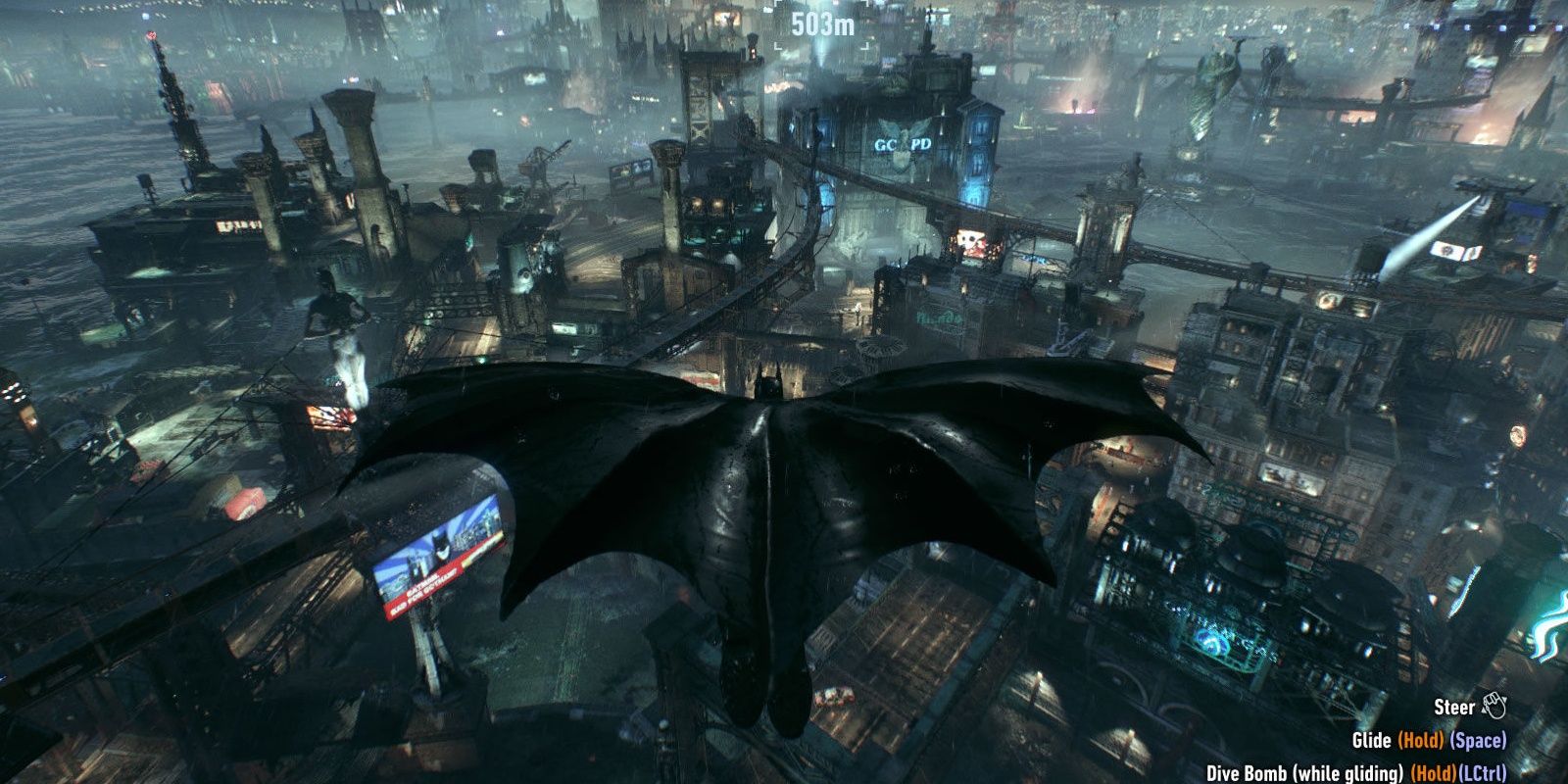
Open worlds in video games have been massively popularized since technology advanced far enough to handle them. There are plenty of excellent examples of these ideas being implemented well, though this format has been oversaturated in others. Some games simply create open worlds for the sake of saying they have one. Batman: Arkham Knight did this well and didn't fall into the aforementioned pitfall like Origins did.
While devoid of civilians, it was large, felt hauntingly gothic and exhilarating to traverse, and had enough purposeful content with side missions and gangs/thugs so that the map's size increase didn't feel pointless. Plus, having Batman casually walking among Gothamites on the sidewalk like Spider-Man does would feel off.
9 Disappointing: Batmobile
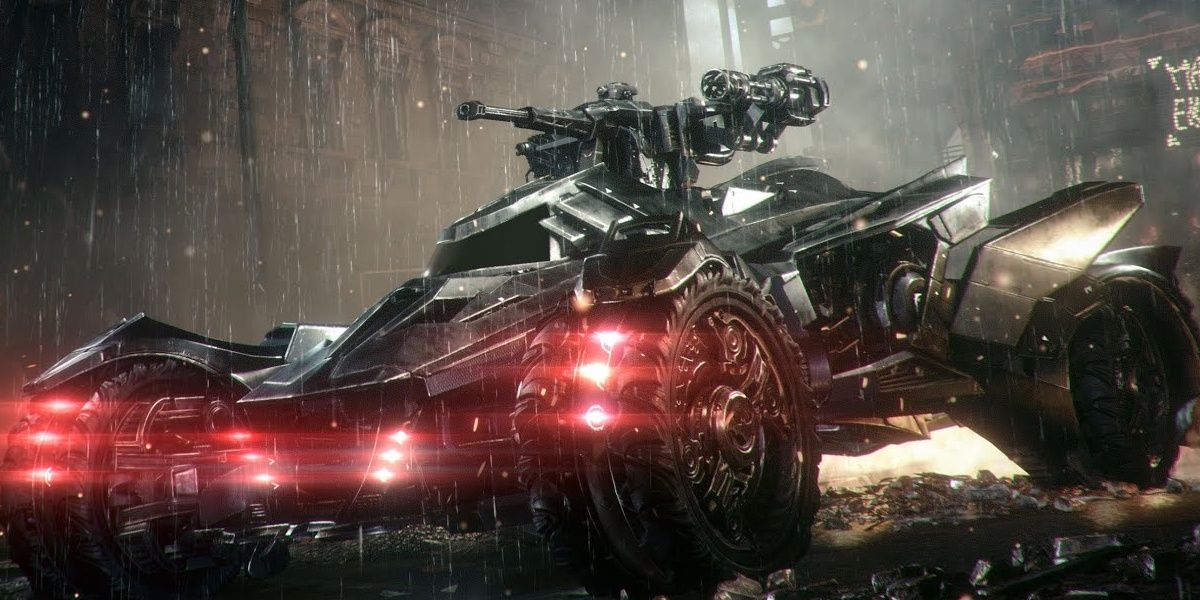
This is undoubtedly the biggest complaint of the game. Since Asylum, fans dreamed of being able to handle the legendary Batmobile in a great Batman game, and Rocksteady was the key to that. But, while it looks beautiful and controls well, Rocksteady went a bit overboard with the significance of it. Instead of being a more fun extension of Batman's gadgets/utility belt, it became an overbearingly-intrusive nuisance.
The game forced you to use it too much in moments where you should really be controlling the superhero himself. Baking it so far into the game as to fuse it with completing Riddler's side mission and unlocking the 100-ending (another downside), makes this a harder game to replay.
8 Right: Graphics
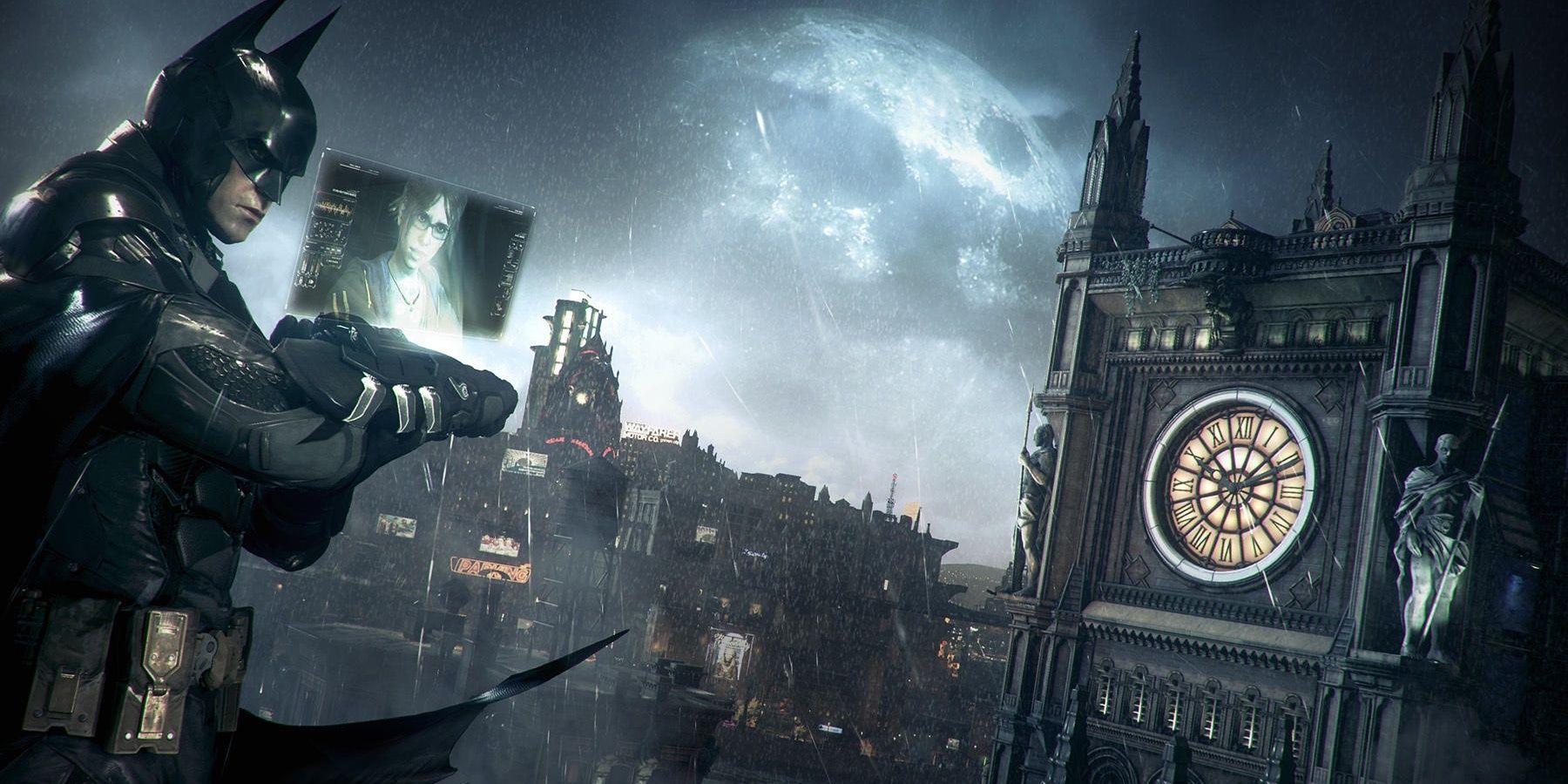
Another clear point in favor of the pros of Batman: Arkham Knight is the visuals. Being the first and only game in the series to be native on PS4/Xbox One, it needed to go all out in delivering top-tier graphical performance. It not only delivered, but gave fans a feast for the eyes that holds up and looks better than games that have come out in the five years since Knight's release.
This shows in the quality of the Batsuit(s) and moody, eerie urban jungle that Batman soars through with neon signs of vacated buildings in this ghost town, and downpour of rain shimmering and coating the Caped Crusader and everything around him.
7 Disappointing: The Arkham Knight "Twist Reveal"
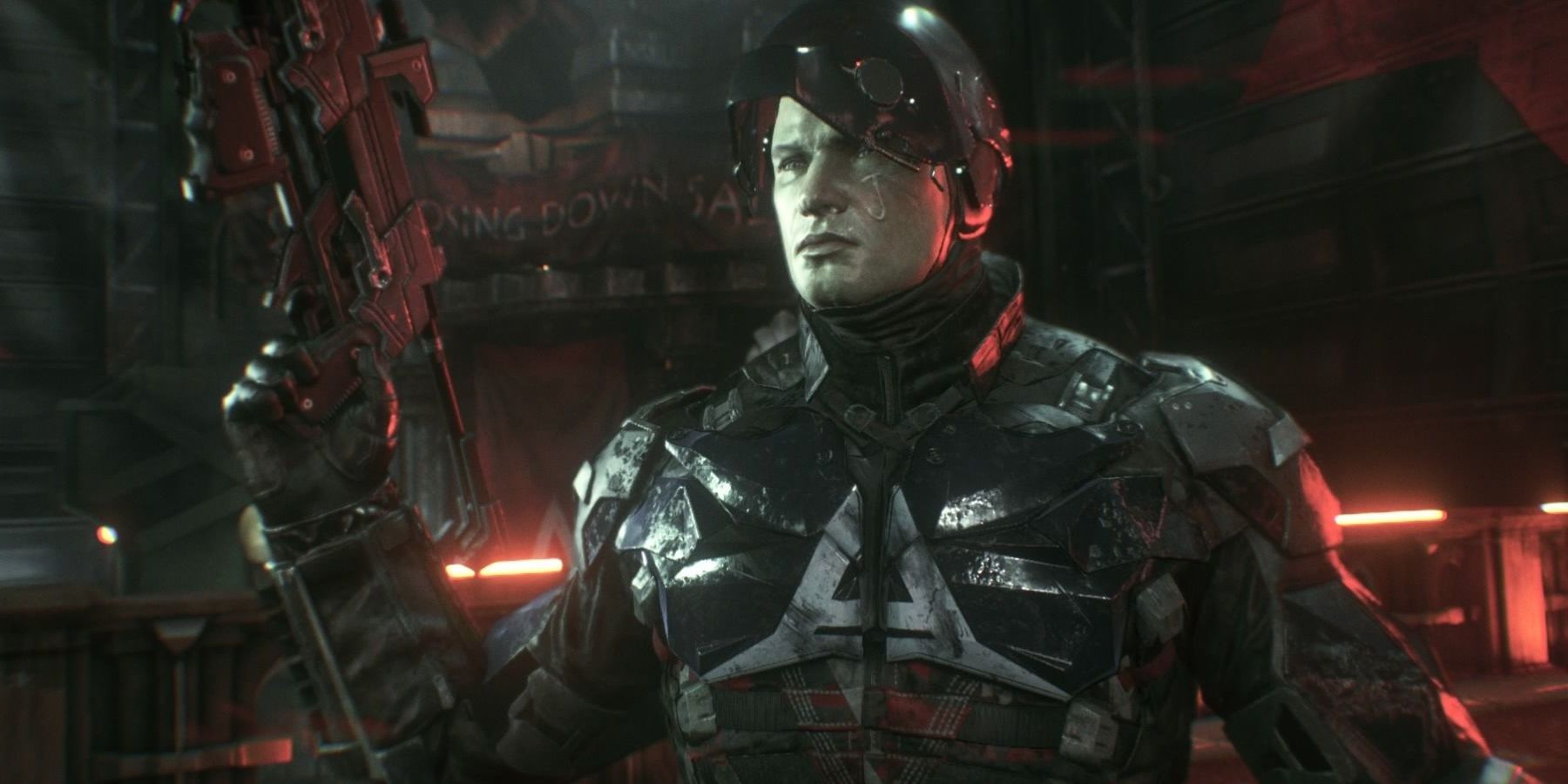
Aside from the Batmobile being the biggest gameplay complaint of Knight, the biggest plot-centered complaint was the "reveal" of the Arkham Knight's identity. Anyone with a good foundational knowledge on the Batman mythos—as vast as it is—knew from a mile away who he was despite Rocksteady squirming to convince us he wasn't who everyone thought.
If it wasn't obvious enough from the trailers and the story leading up to the reveal, it was Jason Todd, the second and resurrected Robin, come to torment his adopted father. While his inclusion in the plot was actually great (more on that later), trying to pass this off as the game's major twist was a letdown.
6 Right: The Plot's Conflicts
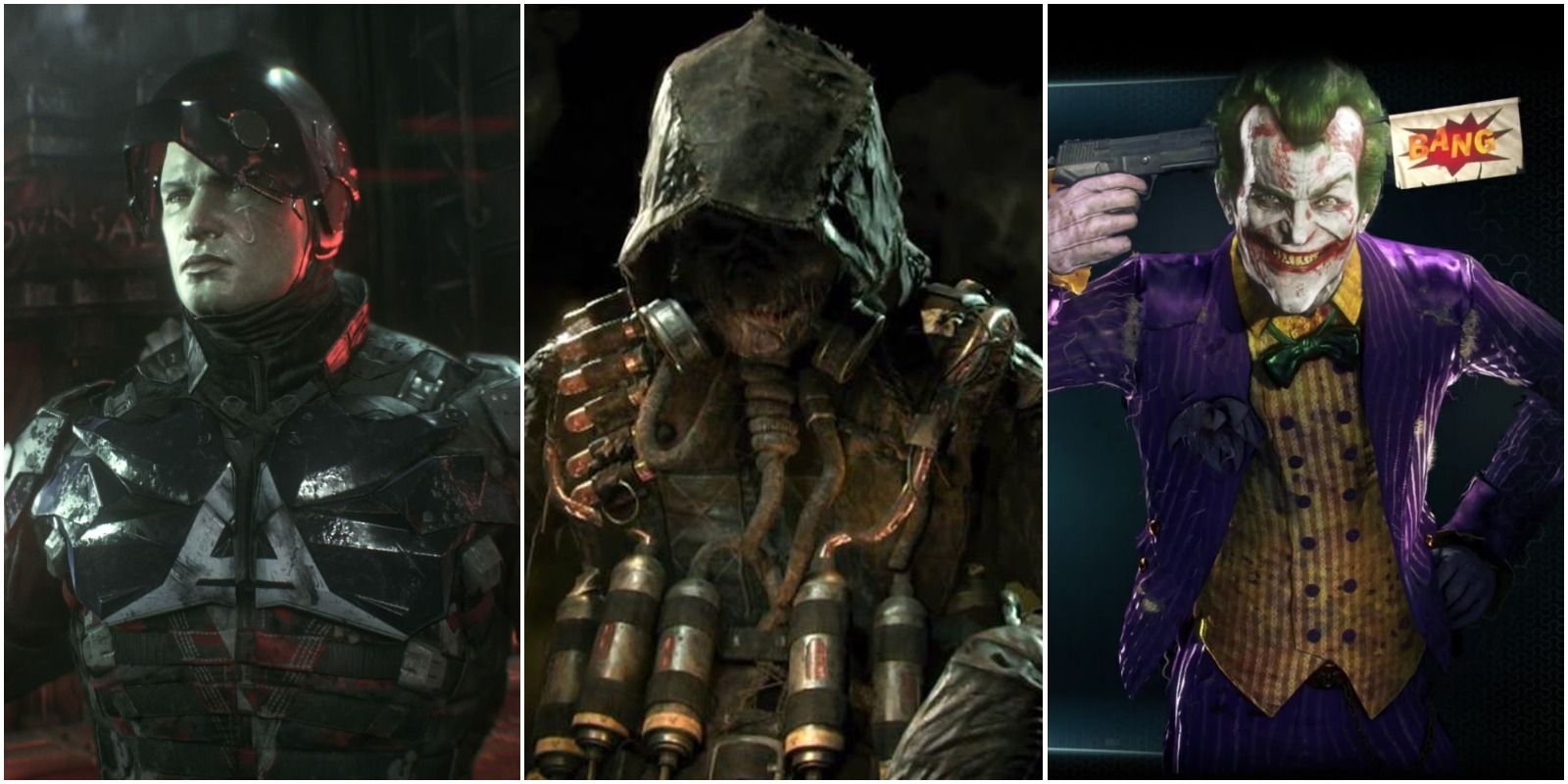
To turn onto the plenty of positives the plot/story had, the various points of conflict were thematically well done. That includes Jason Todd, as he's a major source of conflict in the comics with Batman considering the second Boy Wonder's upbringing and untimely death his greatest failure. Having something that traumatic coming back to haunt and plague him and Jason (from the grave) is a fantastic plot point.
Scarecrow and his obsession with weaponizing fear inciting this is also appropriate. Likewise, even cramming Joker back in but has a constant, psychological torment working to deteriorate Batman from the inside out as the story progresses was compelling to see.
5 Disappointing: Underwhelming Side Mission Resolutions
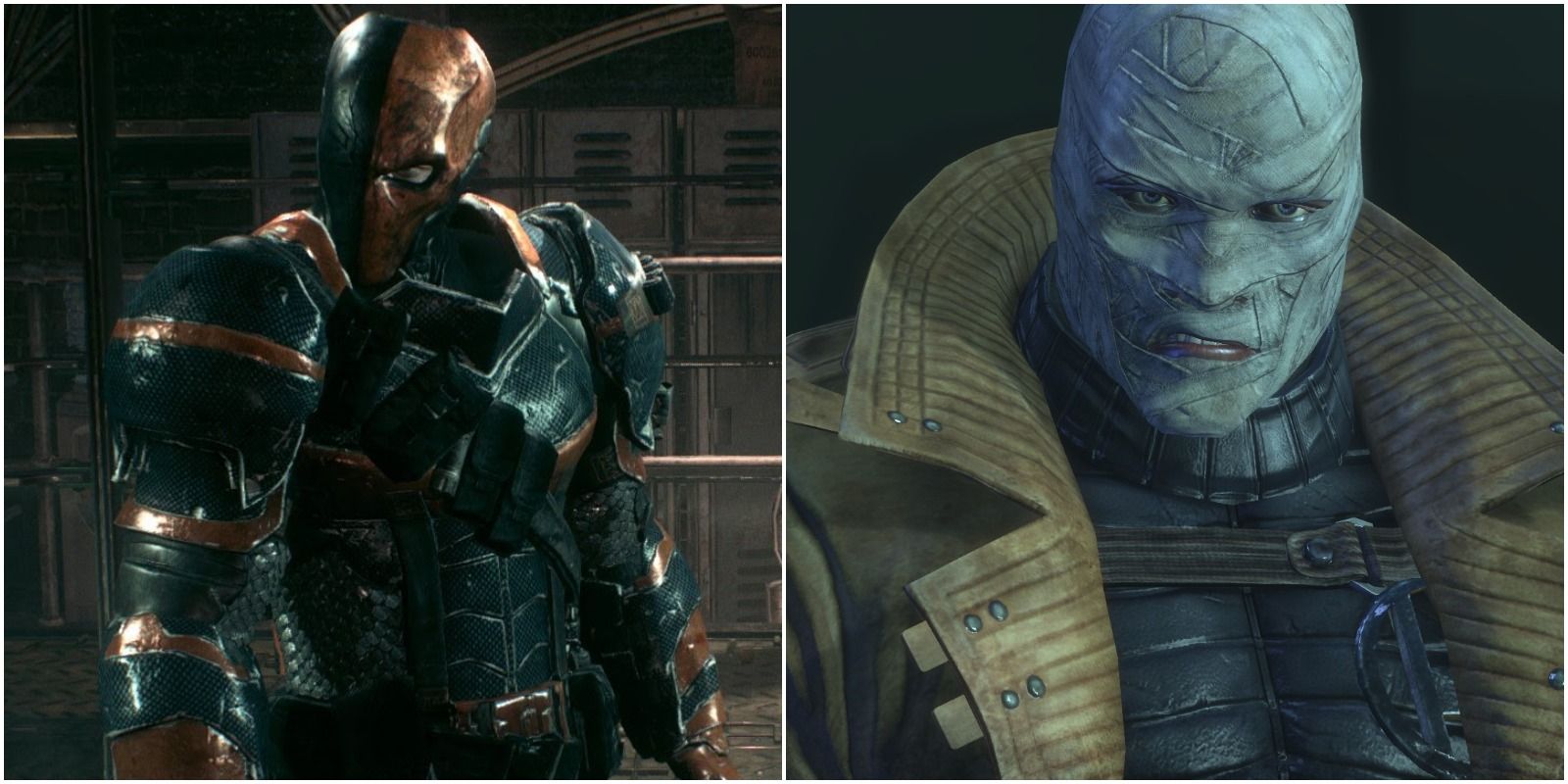
Side missions in the Arkham series from City, Origins, and Knight were key points of appeal to pack extra content that gives more bits of satisfying story beats and to spotlight more supervillains from Batman's packed, exciting rogues gallery. To be clear, there were definitely some fun ones.
The Man-Bat mission was good and had a fantastic surprise-introduction to triggering it, Professor Pyg's was a thrilling, harrowing story and good use of Batman's detective skills, and Penguin's was an exciting way to incorporate partner-combat with Nightwing and on-the-fly character-switching, to name some. But Deathstroke and Hush's missions were highlight-bummers. Deathstroke is a skilled hand-to-hand and sword combatant, yet was relegated to a Batmobile battle while Hush's anticipated resolution from City was essentially a brief/unsatisfying cut scene.
4 Right: Bruce's Sacrifice And The Ambiguous Ending

Rocksteady delivered strong, comic-inspired Batman stories throughout the trilogy. While the way to unlock Knight's ending was frustrating as not everyone's a completionist, it was a fitting, bittersweet finale. Since this isn't a decades-long-running comic book series, Arkham is allowed to have a proper beginning/middle/end. But even Batman's identity being outed with no turning back came as a shock. It was a permanent consequence, and Bruce had to make a massive sacrifice.
In order to protect his family, he needed to sacrifice Bruce Wayne, not Batman, so that Gotham could thrive. The ambiguity was well executed, but fans suspect Bruce of retaining the mantle of the Batman, but sacrificing his other ego. In the end, it was Bruce Wayne who died, so that Batman, a symbol of hope and legendary, mythical, terrifying cryptid of the night could live on.
3 Disappointing: Underwhelming Boss Fights
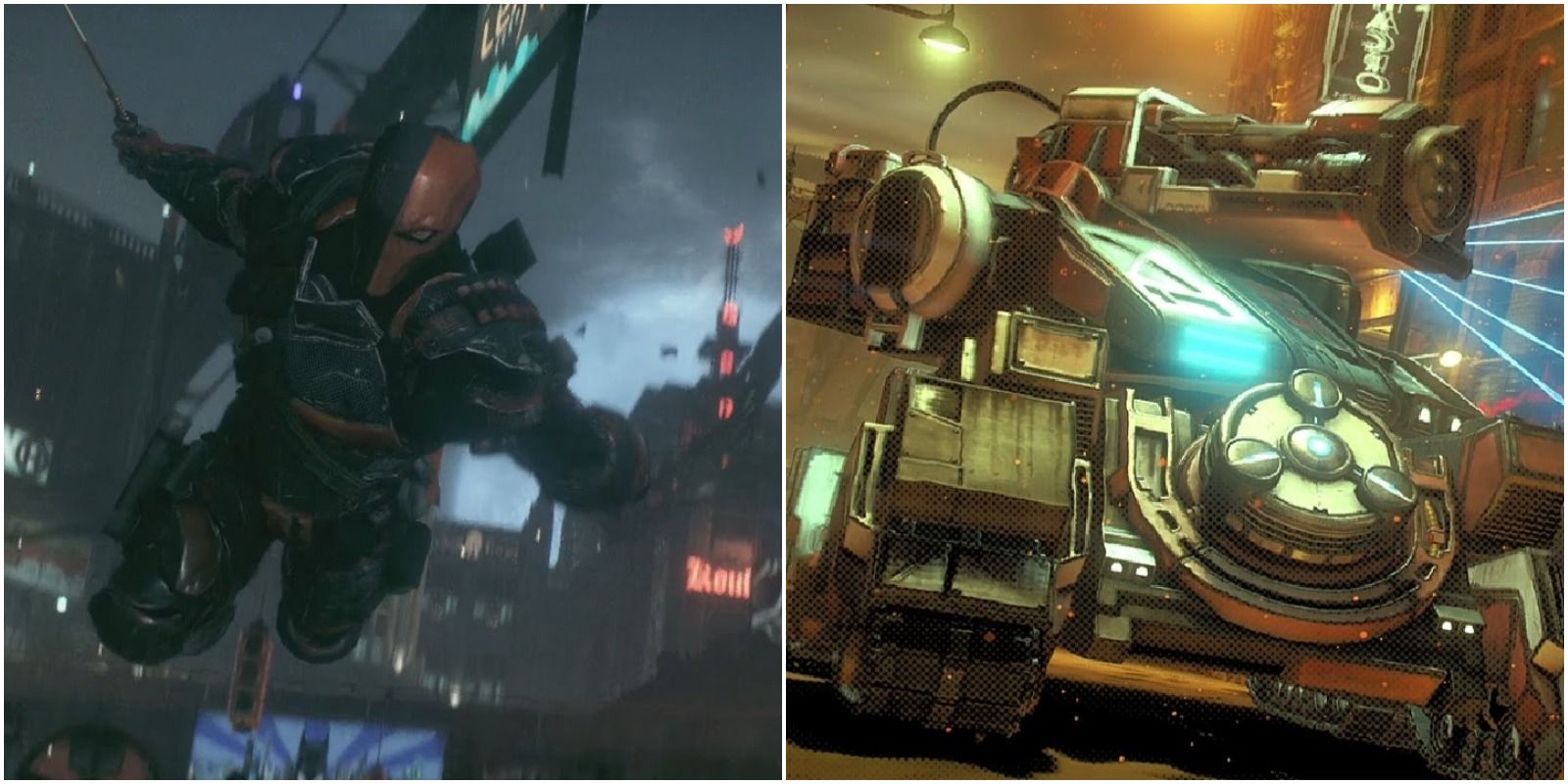
Working as a separate point and a culmination of the points on the Batmobile's intrusiveness and certain disappointing side missions is the quality of the boss fights. As mentioned, Deathstroke was certainly one of them, as good of a supervillain and physical threat he is, the player was forced to engage in the same, monotonous tank battle with him in the Batmobile.
While you're given a more proper boss fight with Jason, prior to his "reveal," you basically have to get through a couple aggravating encounters with him, once again, in the Batmobile. Great characters like Hush didn't even get that much, and some of the hand-to-hand combat bosses weren't anything to look twice at.
2 Right: Hand-To-Hand Combat
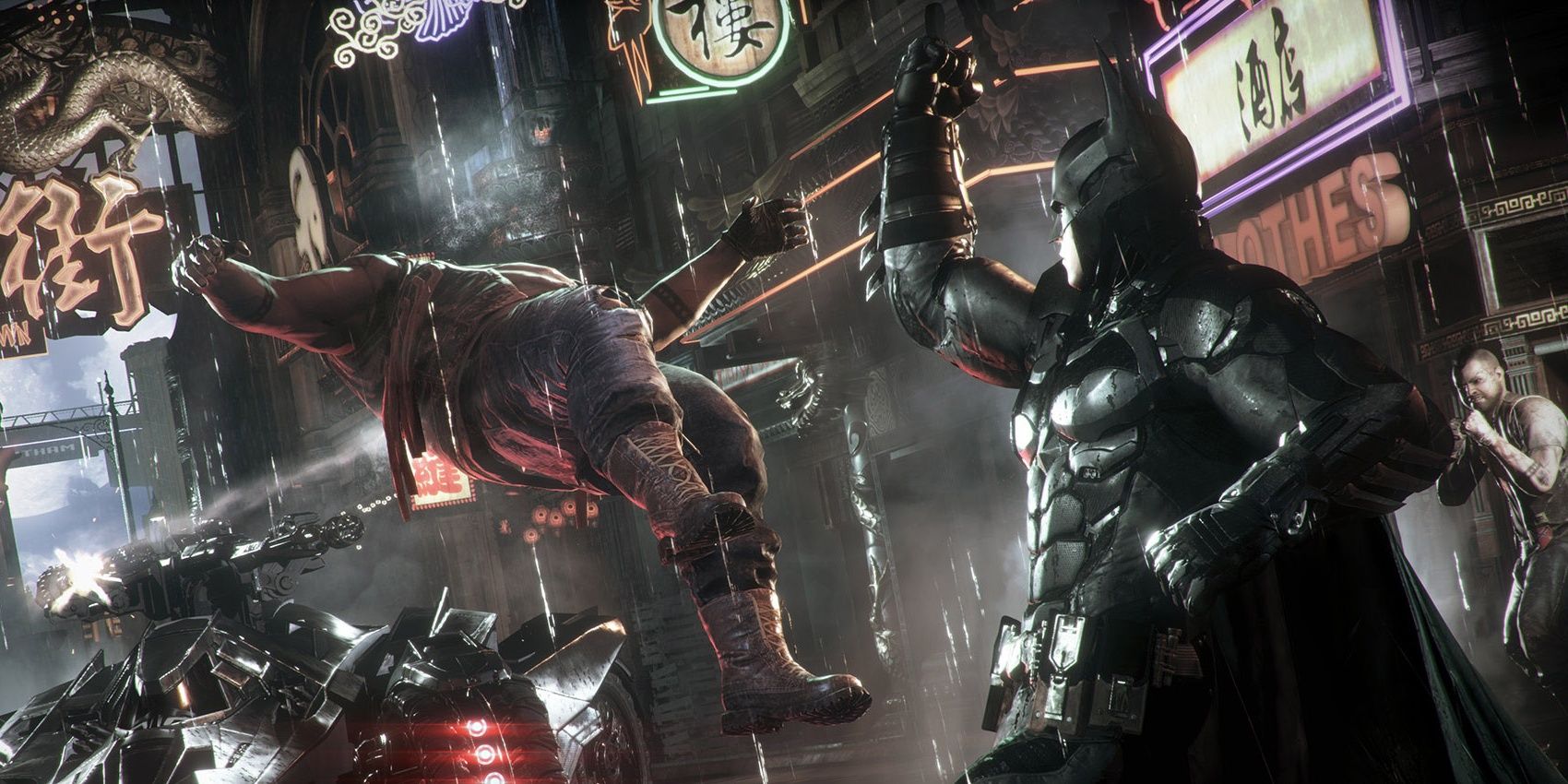
As the series progressed, the signature free-flow combat saw improvements. Asylum popularized and revolutionized action/combat, and it saw touch-ups in, most-notably, City and Knight. City incorporated satisfying new animations, combos, and gadget implementations, though Origins only marginally advanced it.
Knight further refined the combat to make each punch/kick have even more satisfying weight/response to them and introducing new combos, gadget-based combos, environmental and fear takedowns completed what Asylum started.
1 Disappointing: Not Enough Batfamily
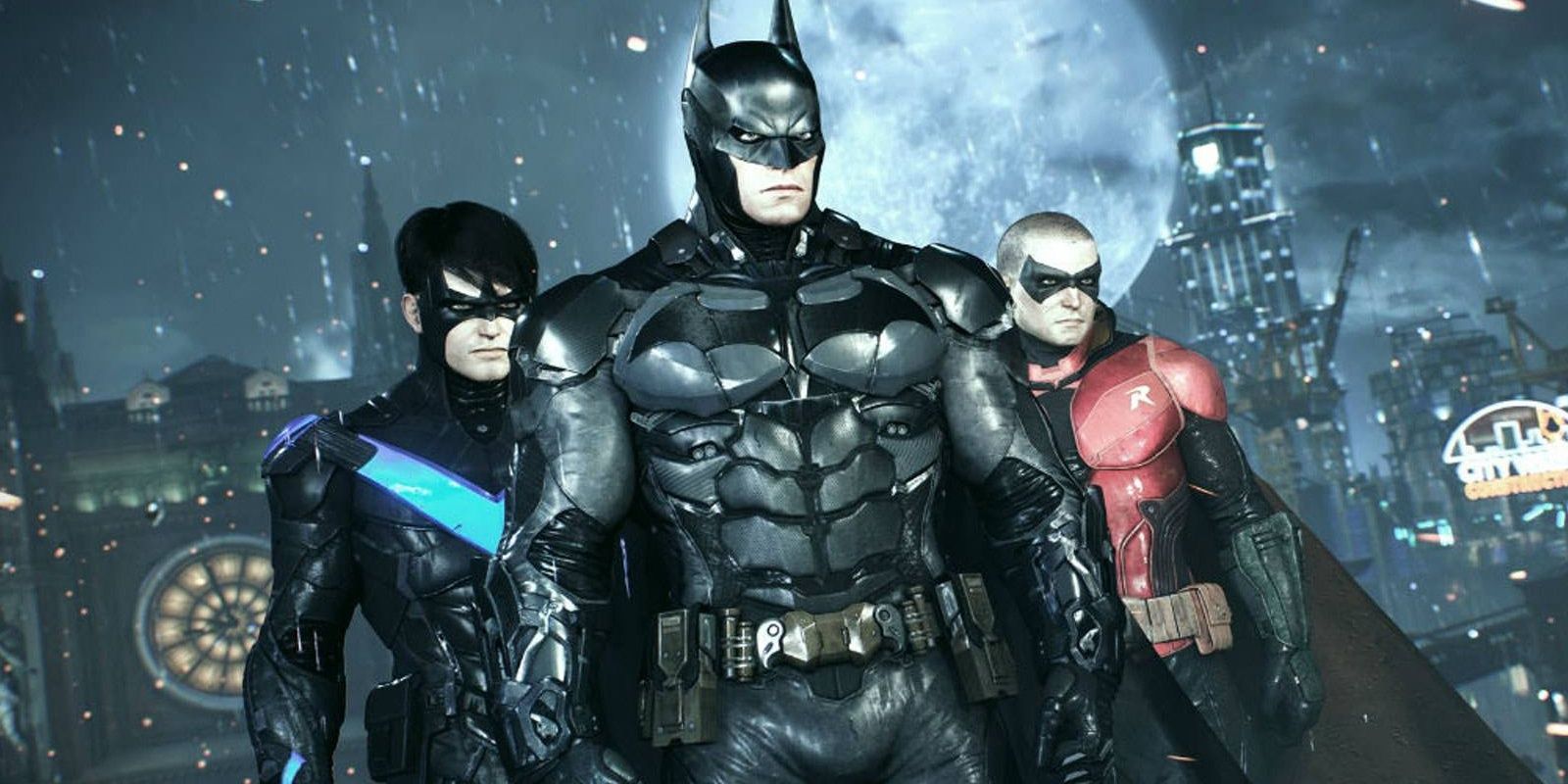
Each game in the main trilogy gradually showed more of the supporting cast in Batman's world. Asylum mainly had Oracle through voice and Gordon. City gave us Catwoman and only briefly introduced Tim Drake's Robin. Knight threw in more of the preceding cast plus Nightwing (in the story).
Though, it still left us wanting. Considering the emotional weight/significance behind the plot and the ending for Bruce, it felt like it really needed more time to delve into Batman's relationships with his Batfamily. Particularly with Robin, Nightwing, and Catwoman.

Post a Comment